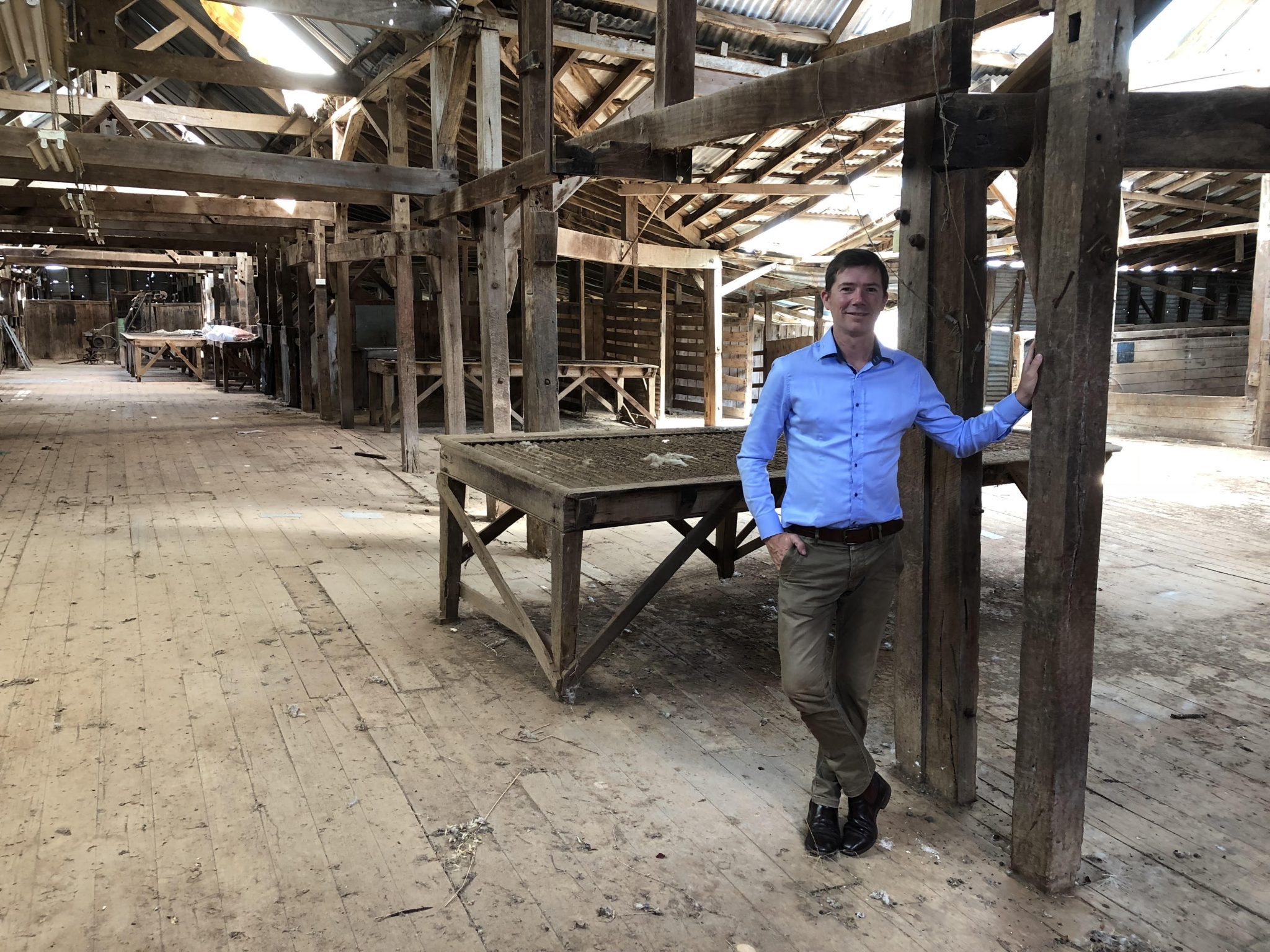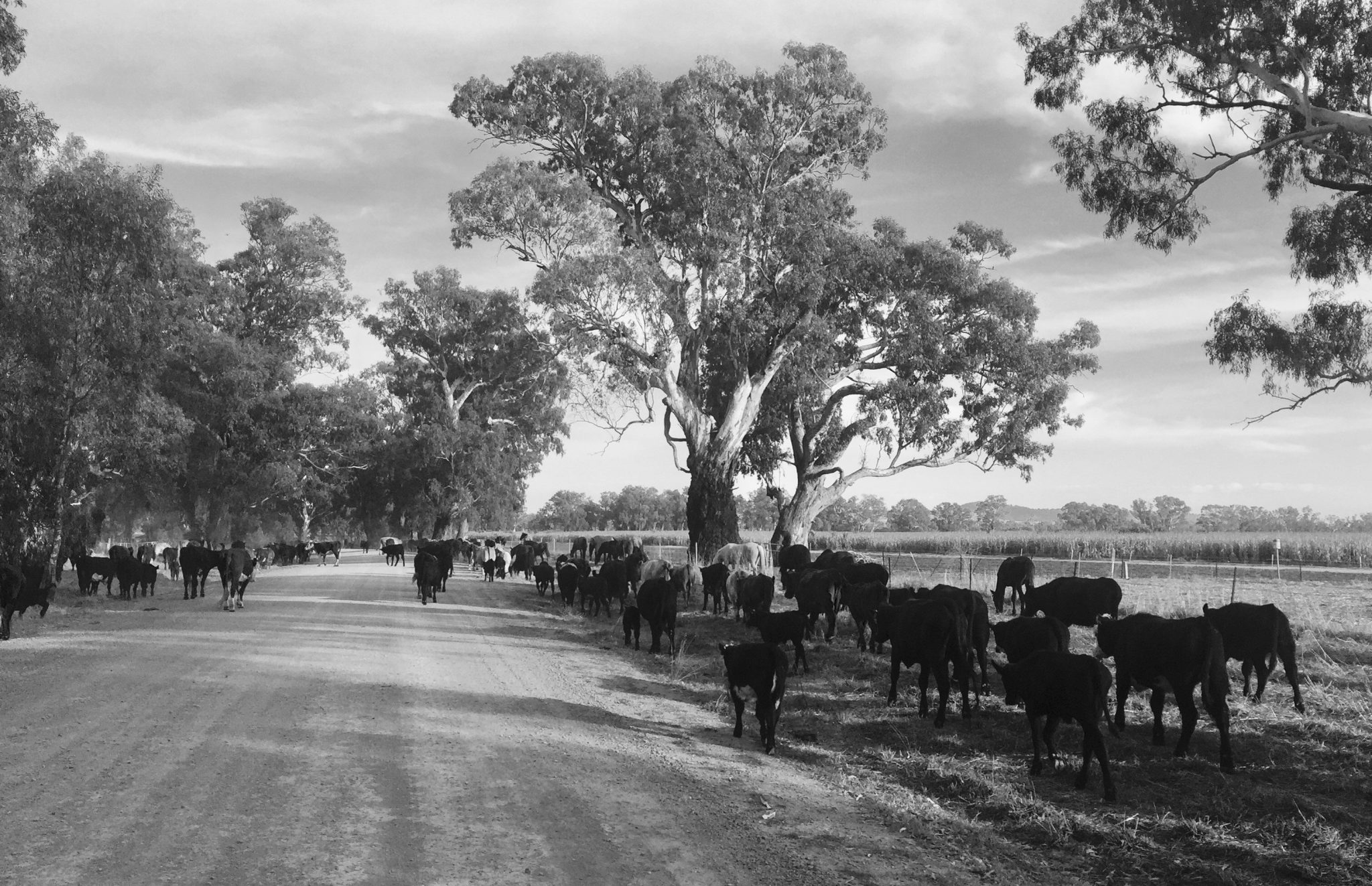
01 Jul FY21 – The Year of Australian Agriculture
Through my 20 years of agricultural lending to Australian farmers, the purchase price has always been “full” accompanied with district whispers of “they paid too much for that property” OR “that farm will never pay for itself at that price”.
Intriguingly over the 20 years, I have never met a farmer who has been disappointed in buying a farm sometime in their recent or distant past. More on that point, it is more a common outcry that there has been regrets that they didn’t buy a farm back when they could.
Fear is an emotive behaviour that holds us all in good stead for good reason. It is a natural in-built protective mechanism that underpins our very survival. In agricultural terms it is financial survival. And through all our decision-making processes we all sit on risk spectrum with differing degrees of tolerance.
If farmers themselves love their farms with infectious passion, they know their industry intimately and yet apply some conservative approach to acquisition, no wonder it is difficult for outside capital to find their place in this little known but expansive asset class.
According to Oxfam Australia, Chief Executive Lyn Morgain claimed in January 2020 that the top 1.0% of Australians (circa 250,000) owned a staggering USD $1.6 trillion. That equates to around USD $6.4m each or AUD $10.0m in round numbers.
With prevailing price appreciation for farming land, most Australian farming families comfortably fit within this statistic. For one reason, it is out of necessity. Farming families need scale and economy to maintain a viable operation. The second reason is a succession of successful continual growth and succession planning events playing out through each generation.

Australian farming families are land barons once more, owning a unique piece of Australia, a slice of Australian paradise and what is a dream for most. And this journey is set to continue.
Thanks to COVID, farmers are once again a protected species. A validated necessity to ensure food production and its value chain remains wide open to allow Australian made produce and nutrition into our homes. For farmers it is the mantra of “FALLING” that drives their performance. Falling interest rates to accommodate cost effective capital for expansion (tick), falling Australian dollar to drive value in their exports (tick) and falling rain to drive production (tick). COVID has achieved two of these drivers. Mother nature the third.
Already there has been a strong investment drive in agriculture this year since the start of the “greatest autumn break we have seen for 40 years”. However, farmers are yet to receive one dollar from the super charged production cycle they are currently participating in. Grazing properties are understocked and arable land that underwent a natural fallow for 2-3 years are wall to wall with crops.
It will not be until the harvest of 2021 and subsequent sale proceeds from progeny when the farmer’s wallets become as fat as the lambs in pastured fields, fuelling the bidding wars for land expansion well into 2022.
So, look out tech, media, construction and mining barons. Australian family farmers on right on your tail and maybe in the overtaking lane in FY21.



Sorry, the comment form is closed at this time.